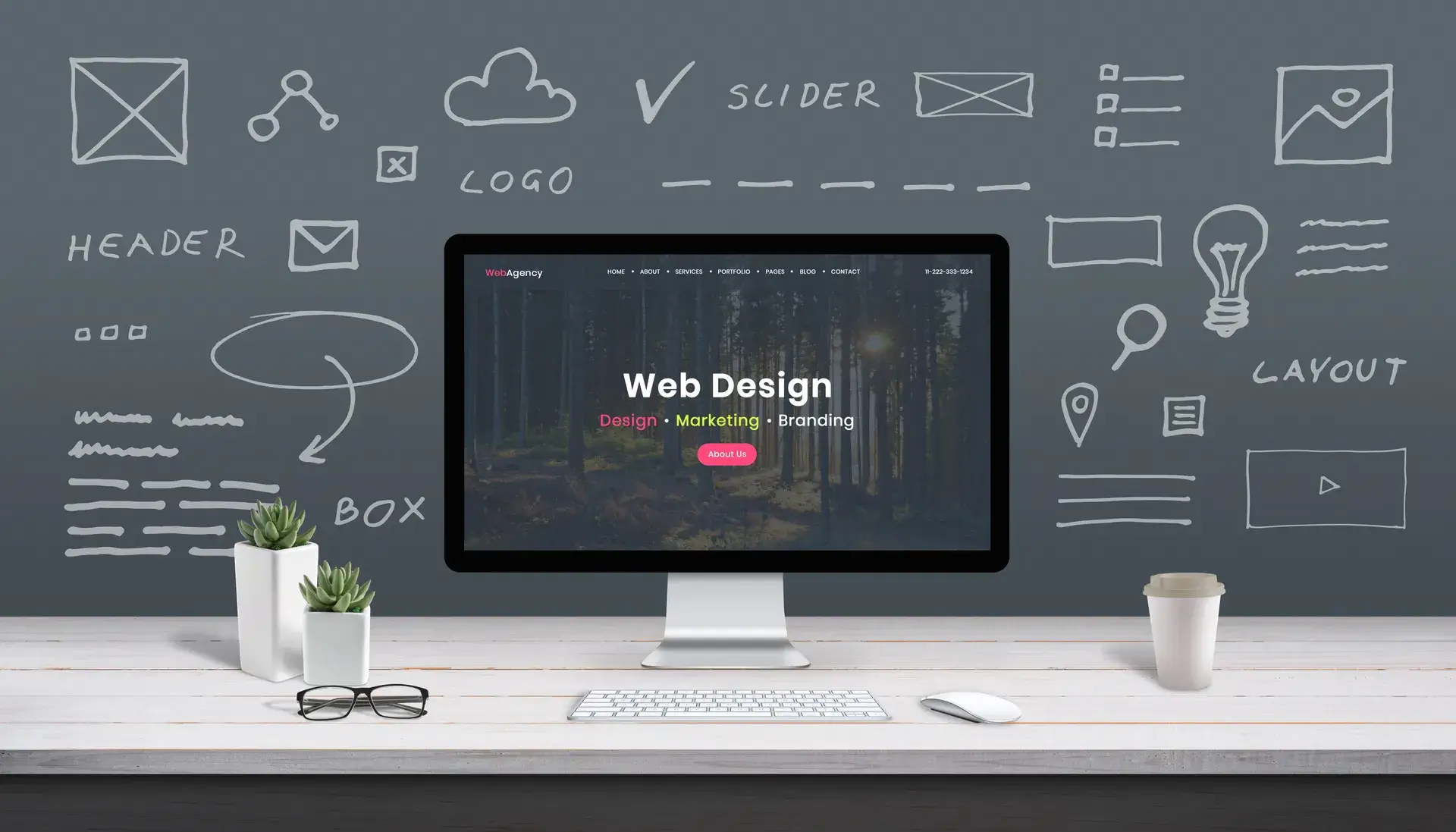In today's digital age, having a responsive web design is essential for online stores. A responsive design allows your website to adapt to various screen sizes and devices, ensuring a consistent user experience. This post will explore the significance of responsive web design for stores, its benefits, and essential tips for implementation.
Why Responsive Web Design Matters
Responsive web design is critical for stores that want to provide an optimal shopping experience for their customers. With more consumers shopping on mobile devices, it is crucial to ensure your website is accessible and functional across all platforms. Here are some compelling reasons:
- Improved User Experience: A responsive design allows users to navigate your site easily, regardless of the device they use. A smooth and engaging user experience encourages customers to stay longer and makes them more likely to purchase.
- Higher Conversion Rates: Stores with responsive websites often experience higher conversion rates. When the shopping experience is seamless, users are less likely to abandon their carts due to frustrating navigation or layout issues.
- SEO Benefits: Google prioritizes mobile-friendly websites in search rankings. A responsive design can improve your store's visibility, driving more organic traffic and potential sales.
Key Elements of Responsive Web Design
When creating a responsive web design for your store, consider these essential elements:
- Flexible Grid Layout: Utilize a fluid grid layout that scales according to screen size. This layout allows elements to resize proportionally, maintaining aesthetics across devices.
- Responsive Images: Ensure images are adaptable and can resize based on the user's screen. Use CSS to set maximum width properties.
- Media Queries: Implement media queries in your CSS to apply specific styles for different devices. This allows for tailored design adjustments to enhance usability.
Tips for Implementing Responsive Web Design
Here are some practical tips for implementing responsive web design in your store:
- Prioritize Mobile Design: Begin your design process with mobile users in mind, ensuring that your site is functional and visually appealing on smaller screens.
- Test Across Devices: Regularly test your website on various devices and browsers to ensure it functions correctly. Tools like Google's Mobile-Friendly Test can be helpful.
- Optimize Loading Times: A responsive website can often lead to slower loading times if not optimized correctly. Minimize file sizes, use compressed images, and leverage browser caching.
Conclusion
Incorporating responsive web design for your store is not just a trend; it’s a necessity. With an increasing number of customers using mobile devices to shop, a responsive design can significantly improve user experience, drive conversions, and enhance your SEO efforts. If you need help with responsive web design, Prebo Digital specializes in creating tailored solutions that fit your business needs. Contact us today to learn more!














